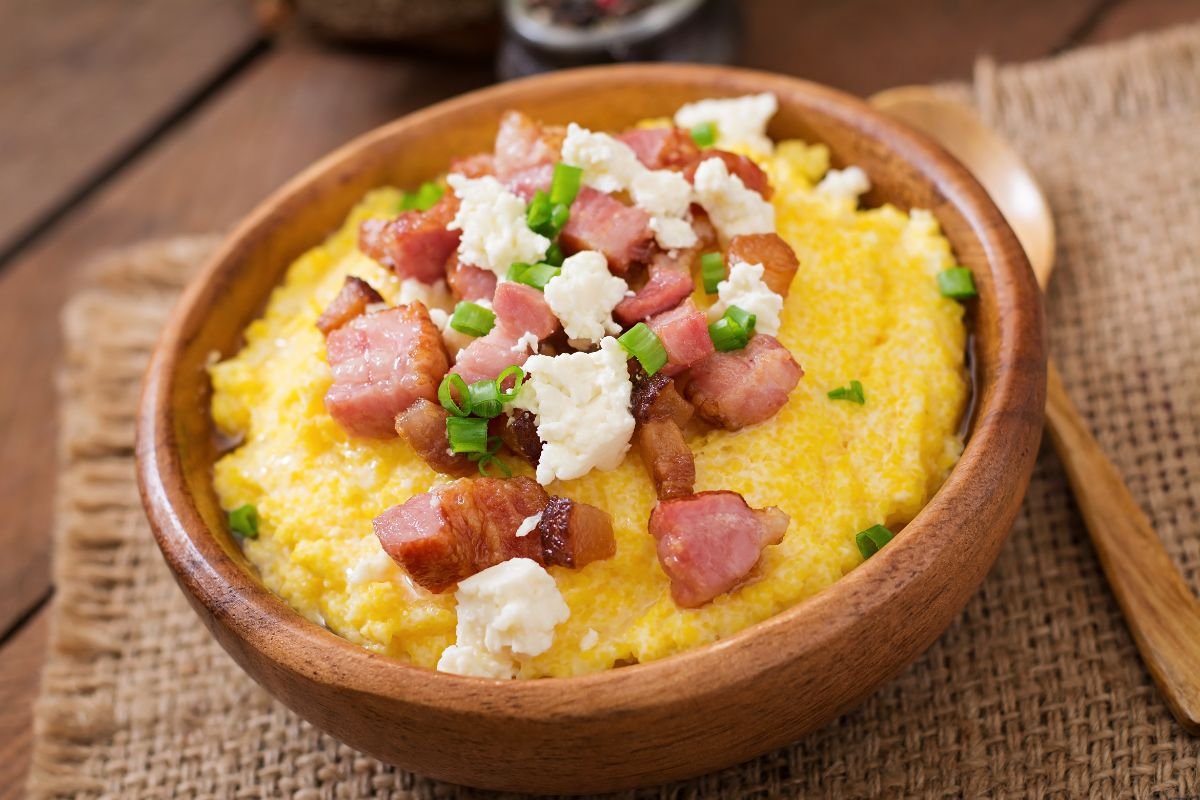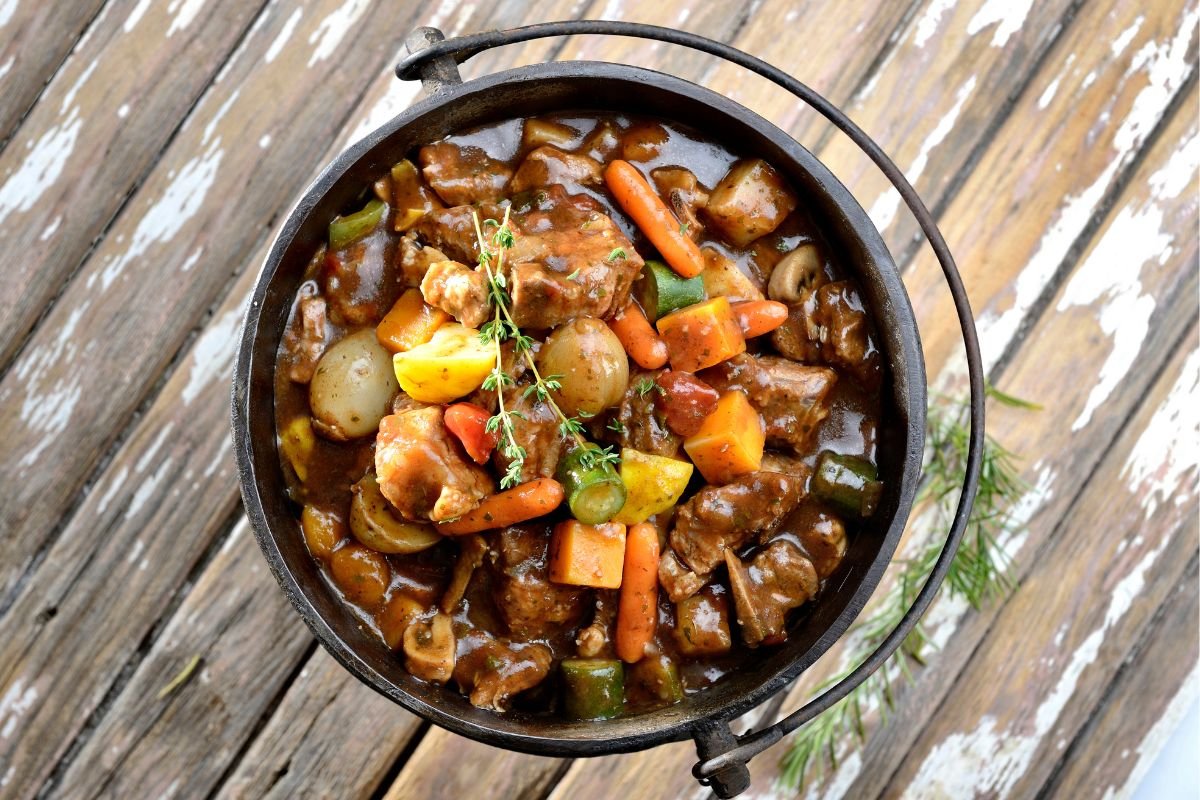A Taste of Namibia: Culinary Delights and Local Cuisine Experiences

Namibia's culinary scene is a vibrant tapestry woven from diverse influences, indigenous traditions, and a rich tapestry of flavours. Exploring Namibian cuisine is not just about food; it's a journey into the heart of the country's culture, history, and community spirit. In this article, we'll take a deep dive into the culinary delights of Namibia, from traditional dishes to modern gastronomic experiences.
Traditional Namibian Dishes
Namibian cuisine celebrates indigenous flavours, cultural heritage, and culinary traditions passed down through generations. Exploring traditional Namibian dishes offers a glimpse into the country's rich history and diverse culinary landscape. Here are some must-try dishes and where visitors can find them:

Oshifima (Maize Porridge)
Oshifima, also known as pap or porridge, is a staple food in Namibia, particularly among the Ovambo people. It is made from mahangu (pearl millet) or maize meal and has a thick, starchy consistency. Oshifima is often enjoyed with various accompanying dishes, such as grilled meat, vegetables, and savoury sauces.
Visitors can experience authentic oshifima at local eateries, guest lodges, and traditional homesteads in regions like Oshana, Oshikoto, and Ohangwena. Homestay experiences often include meals from local families, providing an immersive taste of Namibian culture and hospitality.
Kapana (Grilled Meat)
Kapana is Namibia's answer to street food barbecue. It combines juicy grilled meat with spicy flavours and vibrant sauces. It is a popular snack or meal that locals and visitors enjoy, especially in urban areas and bustling markets.
To savour delicious kapana, head to lively markets such as the Katutura Market in Windhoek. Here, you'll find stalls and food vendors grilling meat on open flames, serving it hot with a choice of sauces, onions, and bread. The vibrant atmosphere and mouthwatering aromas make it a must-visit culinary experience.

Potjiekos (Slow-Cooked Stew)
Potjiekos is a traditional Afrikaner dish prepared in a cast-iron pot over an open fire. It's a hearty stew that combines meats like beef, lamb, or game with vegetables, potatoes, and aromatic spices. The slow cooking allows flavours to meld together, creating a rich and comforting meal.
While potjiekos is commonly enjoyed at home gatherings and social events, visitors can also taste this savoury stew at restaurants and lodges offering traditional Namibian cuisine. Look for establishments specialising in local dishes or cultural experiences, where potjiekos are often featured on the menu.
Mopane Worms (Oombeke)
For the adventurous food enthusiast, trying mopane worms is a unique culinary experience in Namibia. These edible caterpillars, known locally as oombeke, are harvested from mopane trees and are a delicacy enjoyed in some parts of the country.
Mopane worms can be found at speciality food markets, particularly in rural areas where they are a traditional protein source. They are typically prepared by drying, frying, or stewing, resulting in a crunchy texture and earthy flavour. While not for everyone, tasting mopane worms offers a glimpse into Namibia's diverse food culture and traditional cuisine.
Visitors keen on exploring Namibia's traditional dishes can participate in food tours, cultural experiences, and cooking classes local guides and establishments offer. These immersive experiences showcase Namibian flavours and provide insights into these iconic dishes' cultural significance and preparation techniques.
Influences and Ingredients
Namibian cuisine is influenced by its diverse cultural heritage and the availability of local ingredients. Key ingredients include:
- Game meat such as kudu, springbok, and ostrich are known for their lean and flavorful meat.
- Maize and millet are used in staple dishes like oshifima and mahangu porridge.
- Indigenous herbs and spices like kapokbos (wild rosemary) and gemsbok cucumber add unique flavours to local dishes.
Local Food Markets and Street Food
To experience the vibrant food culture of Namibia, visit local markets and indulge in street food delights:
- Namibia Craft Centre Market (Windhoek): Explore a variety of local produce, crafts, and street food offerings like biltong, vetkoek, and koeksisters.
- Katutura Market (Windhoek): Immerse yourself in the bustling atmosphere and taste traditional dishes like mopane worms, grilled meats, and homemade chutneys.
Culinary Experiences and Cooking Classes
For those interested in hands-on culinary experiences, Namibia offers a range of opportunities:
- Farm-to-Table Dining: Experience farm-fresh ingredients and seasonal flavours at restaurants and lodges, focusing on sustainable, locally sourced produce.
- Cooking Classes: Learn traditional cooking techniques and recipes from local chefs, exploring the art of making oshifima, potjiekos, and other Namibian delicacies.
Regional Specialties
Each region of Namibia boasts its own culinary specialities, showcasing the country's diversity:
- Walvis Bay: Indulge in fresh seafood delights, including oysters, crayfish, and grilled line fish, against the backdrop of the Atlantic Ocean.
- Otjiwarongo: Known for its meat-centric cuisine, savour dishes like braised kudu steak, game sausages, and hearty stews.
- Kaokoland: Discover the traditional Himba cuisine, featuring wild herbs, sorghum-based porridge, and grilled meats prepared over open fires.
Beverages and Libations
No culinary journey in Namibia is complete without sampling local beverages:
- Windhoek Lager: Enjoy Namibia's iconic beer, known for its crisp taste and refreshing quality, brewed according to German purity laws, also known as the Reinheitsgebot.
- Omalovuis (Sorghum Beer): Experience a traditional Namibian brew made from fermented sorghum with a unique flavour profile and cultural significance.
- Craft Beers: Explore the burgeoning craft beer scene with microbreweries offering a range of innovative brews inspired by Namibian ingredients and flavours.
Conclusion
Namibia's culinary landscape is a treasure trove of flavours, stories, and experiences waiting to be savoured. From traditional dishes rooted in heritage to modern gastronomic innovations, Namibia offers a culinary journey that delights the senses and nourishes the soul. Whether exploring local markets, indulging in street food, or dining at fine establishments, every bite in Namibia tells a story of culture, sustainability, and culinary passion.


Share This Post